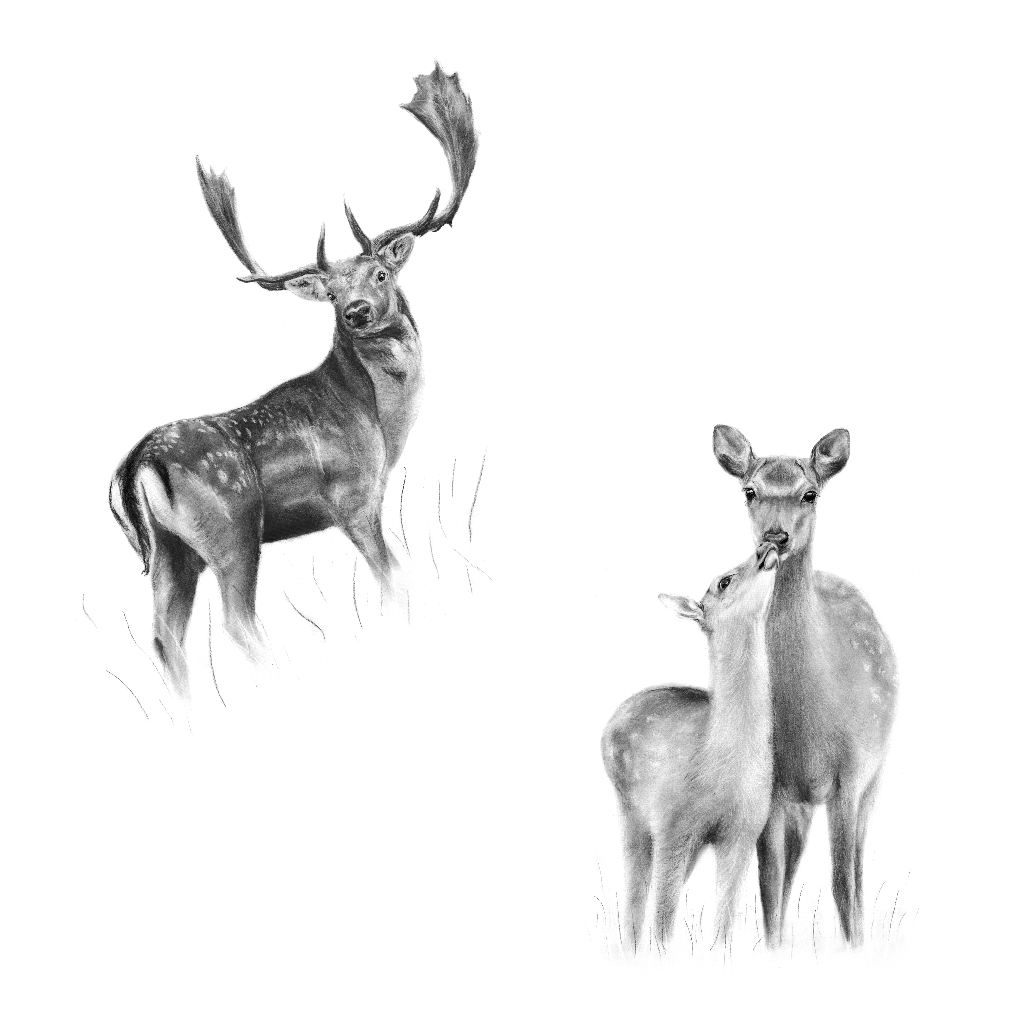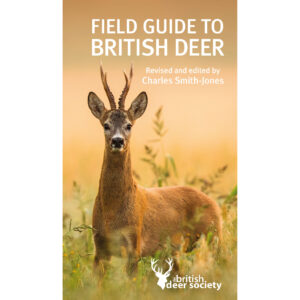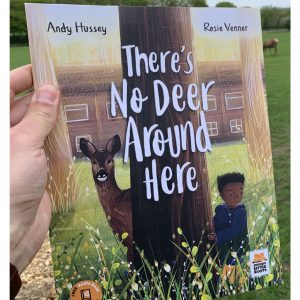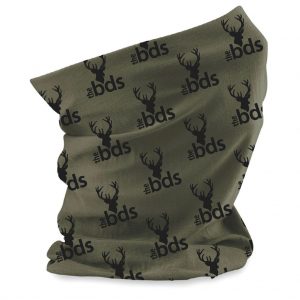ABOUT THE STUDY
Main applicant/Principal Investigator: Dr Sílvia Pérez-Espona (Anglia Ruskin University)
Collaborators: Dr Javier Pérez-Barbería (The James Hutton Institute)
This study aims to assess genetic diversity in the Major Histocompatibility Complex (MHC) in forest and open hill populations of Scottish red deer (Cervus elaphus). The proposed project consisted on genotyping the MHC class II DRB3 exon 2 a total of 48 individuals from two forest (Tarlogie, Inshriach) and two open hill (Strathconon, Abernethy) Scottish red deer populations; 12 individuals from each population (6 stags, 6 hinds). For each individual a total of 48 clones, resulting from the amplification and cloning of the MHC class II DRB3 exon 2, were to be sequenced. This experiment would result in a total of 2,304 MHC sequences (48 sequences per individual) that will allow establishing the minimum number of clones per individual that need to be screened to capture the complete MHC allelic diversity in an individual red deer.
Progress:
Laboratory analysis
The project is progressing satisfactorily with the 24 red deer stags sampled from the four selected populations already analysed (MHC class II DRB3 amplified, cloned and sequenced). For the 24 red deer hinds, the MHC class II DRB3 has already been amplified, all PCR products cloned and currently preparing the samples to be sequenced. The completion of the sequencing is expected to be by the end of February/beginning of March 2015.
Preliminary results
Results from the sequencing of the 24 red deer stags has revealed that genetic diversity at the MHC is high, with the highest number of alleles ever discovered in an ungulate (some individuals presented > 30 alleles). This reflects the importance of conducting thorough analyses, such as the one conducted here, if we are to accurately assess genetic diversity at the MHC. Genetic diversity was high in both forest and open hill populations. Although more detailed data analyses need to be conducted when the hind data is available, the data indicates that some set of alleles are habitat-specific (i.e. only found in either forest or open hill).
Plan of action for year 2
Finalise the sequencing of MHC alleles of 24 red deer hinds (end of February/March 2015).
Data analyses of MHC data (April 2015).
Publication of MHC data (summer 2015).
Article in Deer Magazine (autumn 2015)
FURTHER READING

From Local Action to National Impact: Reducing Deer Suffering After Road Collisions
After 15 years of dedicated work by the Hampshire and Isle of Wight Constabulary (HIOWC), together with essential support from Dorothy Ireland, Tony Lowry, and numerous volunteers from The British Deer Society (BDS) plus expert deer managers in Hampshire and surrounding counties, we are delighted to see the HIOWC Humane Animal Dispatch (HAD) volunteer scheme poised for a national rollout.

Support BDS and Help Protect Deer and Their Habitats
Discover how the British Deer Society is working to protect deer, their habitats, and promote sustainable wildlife management. Learn about our mission, vision, and how you can support deer welfare through education, research, and donations. Join us in making a difference for deer and the environment.
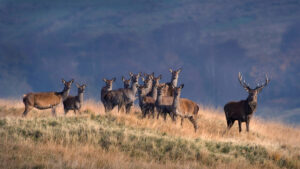
The Role of Deer Management in Conservation in the UK
Deer management plays a crucial role in supporting conservation efforts across the UK, helping to restore habitats, preserve biodiversity, and address the challenges posed by rising deer populations. This article explores the importance of balancing deer numbers with ecosystem health, highlighting the impact of culling, stakeholder collaboration, and holistic management strategies.





